Think about when you’re browsing online for a new recipe. What are the links that catch your eye and encourage you to click? You probably don’t even think about it much – there are just some links that are naturally more appealing than others, and you click them without a second thought.
You may not realize it yet, but this is where recipe schema comes in, and it plays a super important role in how users react to search engine results. We’re going to get into it a lot more, but in essence, people have a higher likelihood of clicking a link if it has schema markup and attractive images.
As you already know, food blogs are very structured and visual, which is why using recipe schema is so highly recommended. In this article, we’re going to talk all about what recipe schemas are, why they’re important and how you can add one to your food blog – because you definitely should.
What is a Recipe Schema?
A recipe schema is a code that you add to your web pages that include recipes, like blog posts. (You may also hear recipe schema referred to as “rich cards” or “a rich snippet recipe,” but those refer more to the result of the schema – what it looks like on Google – not the code itself.) The code is written a bit unnaturally, and it looks something like this (nope, those aren’t typos in the code!):
- cookTime: The total time it will take to cook (or bake) the dish, not including prep time (there’s a prepTime code for that).
- cookingMethod: This refers to how you’ll be cooking the dish (frying, steaming, Instant Pot-ing, etc.).
- recipeCuisine: This may be French, Italian, etc.
There are a lot of markup codes that can be used for recipes, and a full list of them can be found here. Basically, those codes indicate where that information is in your recipe. Here are more common ones, and you can likely tell what they are by name alone:
- aggregateRating
- datePublished
- prepTime
- recipeCategory
- recipeIngredient
- recipeInstructions
- recipeYield
This is what it can look like when recipe markup is added:

Search engines look for those codes and present that information in a visually appealing way in results, like these rich snippet recipe Google results for “strawberry shortcake recipe”:
The reason you want to add recipe schema to your food blog is that those optimized results are so appealing that many users won’t bother looking beyond them – they’ll click on one of those before they even bother scrolling down, let alone clicking to the next page of results.
Before we move on, you may be wondering how this type of code came to be. Long story short, some of the world’s leading search engines teamed up behind Schema.org to promote more structured data on the web. And there are a few different types of schema markups, like JSON-LD, microdata and RDFa, too. However, JSON-LD is the preferred method by Google (and by us!) because it’s easier to write and implement than the other types, which have more in-depth HTML requirements. There’s no need to get too deep into all that here since our recommended method doesn’t require you to write the code at all – but if you want to read more about it, you can check out this article.
Schema Markups and Search Engines
Schema markups work by telling the search engine about your recipe using structured data. The information you provide, like cook time or reviewer ratings, lets the search engine understand your recipe better, and then it can be presented to viewers in attractive and engaging ways. Schema markup allows Google to showcase your recipes in search and image results:
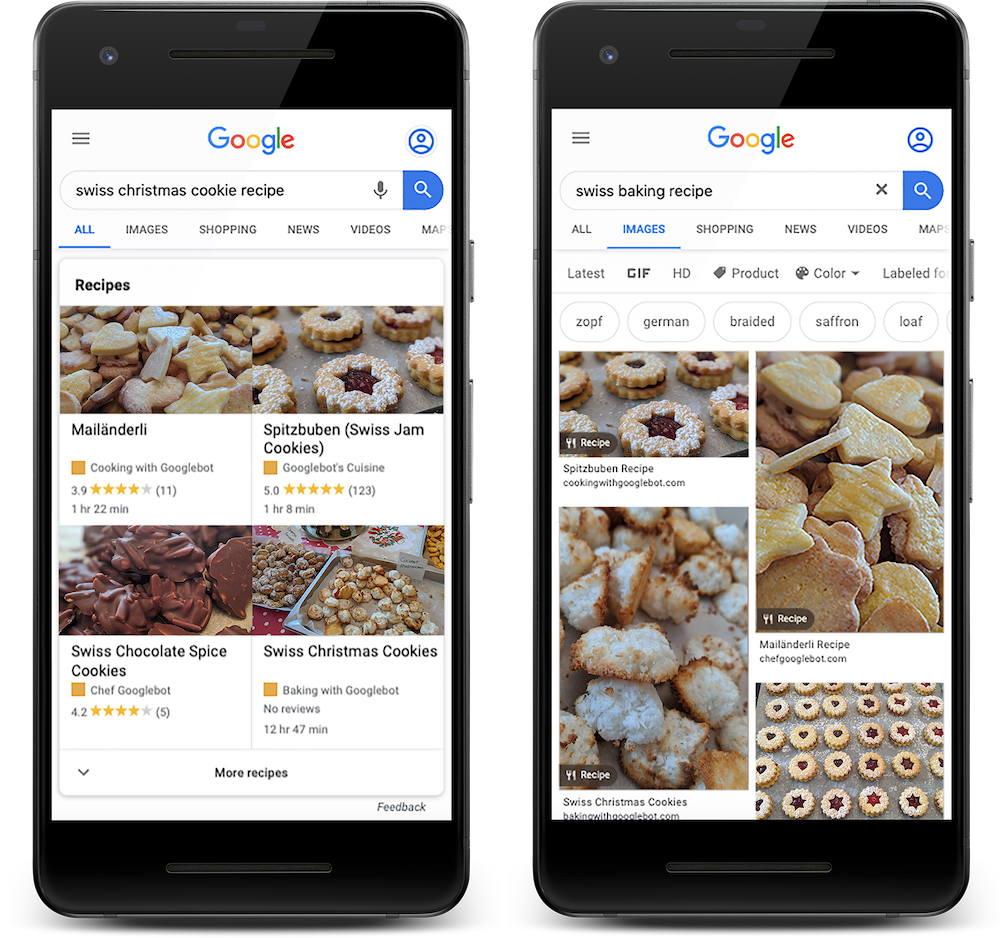
For newbie food bloggers, schema markups mean you can create more attractive and visible sites. On Google, users see a rich snippet recipe if your markup includes two or more of the following codes:
- CookTime, prepTime, or totalTime
- recipeIngredients
- Image
- NutritionInformation
- Review
However, just because you only need a minimum of two of these codes, that doesn’t mean that’s all you should include in the recipe schema. The more information users can get at a glance, the better. Take a look at these search results:
That’s what comes up on Google when you search for “eggs benedict”. The top three rich snippet recipe cards and the regular result below the cards all have recipe schema, which is why you can see each one’s featured image, rating, total time and ingredients list. These are all appetizing representations of the recipes, and the only trouble you’ll have is deciding which one to go with.
Now, take a look at this result, which doesn’t have a rich snippet recipe:
After clicking through a page or two of Google results for “eggs benedict,” you’ll stumble upon that recipe above, which doesn’t have anything to enrich the result or make it appealing. I’m not sure anyone would click that unless they happen to love La Crema Winery. Even so, users probably wouldn’t even make it that far since there are so many mouth watering results they’ll see first.
Now, while schema markups don’t directly affect your blog’s search engine ranking, they do impact a link’s click-through rate (CTR). As a consequence, this signals to Google whether or not the link matches the query – the higher the CTR, the more likely it is that the article is a good match for the query. For a complete overview of SEO for food bloggers, check out this blog post.
On Google, there are different types of recipe enhancements depending on the markup. Here are two of the more popular ones:
Carousel
By adding ItemList metadata for a roundup post, like a “best recipes” article, your content will appear in a carousel format in Google results. You can create a batch of recipes that fall under a certain theme – like “Swiss Christmas baking recipes” in the example below – and show them all together with various rich snippet recipe cards in a carousel on Google.

Guided Recipes
By adding the recipeIngredient or recipeInstructions markup, Guided Recipes can be created. This means that the Google Assistant will be able to guide the user through your recipe on a smart display or Google Home, like this:

However, note that for Guided Recipes, you need to have an image for every single step of the recipe, so it may not be something you’re interested in as a newbie food blogger. You can learn more about Guided Recipes and the necessary metadata by checking out our article about it.
How to Easily (and Correctly) Add Recipe Schema to Your Food Blog Using a Plugin
The quickest, safest and most foolproof way to add recipe schema to your food blog is by using a plugin. Make sure to choose a quality WordPress plugin that:
- Adds key properties, such as calories, cook time and prep time.
- Automatically includes all recipe details in the metadata as you write the recipe.
- Can mark some content as non-food content. That way, recipe metadata won’t accidentally be sent out for non-recipe content.
- Includes a visual thumbnail.
- Uses JSON-LD metadata.
The free version of the WP Recipe Maker plugin is an excellent option for these purposes. Here’s why:
- It ensures that the correct metadata is always there for your recipes.
- JSON-LD and schema.org recipe metadata is used, making it optimized for Google search.
- Your content will show up as a rich snippet recipe in Google results.
- How-to instructions metadata means you can populate non-recipe rich snippets that will show up on Google, too. By upgrading to the paid version of the plugin, you’ll be able to access advanced features like custom recipe taxonomies (difficulty, price level, etc.).
You don’t have to fill in anything special when you use WP Recipe Maker – as you enter recipe information, the schema is automatically created for you. Here’s just a little bit of what it looks like when you add recipe information to WordPress using WP Recipe Maker:
Once all of the recipe info is added, you can double-check that it’ll show up as a rich snippet recipe on search engines by going to Google’s Rich Results Test:
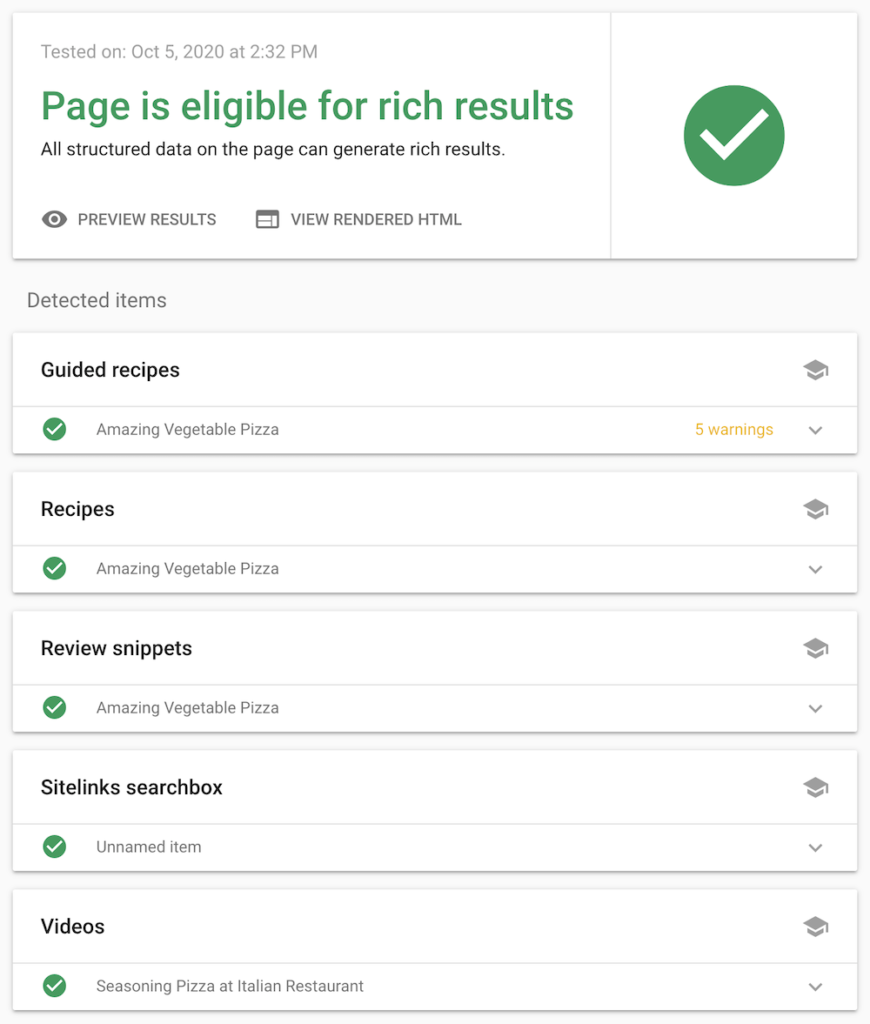
Learn more about WP Recipe Maker here. And remember, you can start with the free version, which has plenty of functionality to get you started.
Wrapping Up
When your potential website visitors head online to find a recipe for their next delicious meal, they want to see as much as possible in the search results – only then do you stand the chance of having them choose your site. Using recipe schema can help with this by adding rich snippet recipe information to Google search results, like total time, reviewer ratings and an appetizing picture. And since just about every food blog out there already uses recipe schema (or they’ll soon catch on when they realize they can’t compete without it), you too need to, just to stay in the food blogging game.
There are different types of markups to choose from and all sorts of codes that you can use, including some that you have to fill out for Google to recognize your recipe as one that deserves a rich snippet recipe card. Luckily, with dedicated recipe plugins like WP Recipe Maker, all of that is handled for you.
The best news here is that adding recipe schema markup to your website is relatively simple, even if you’re not a WordPress developer or pro. And since it can yield such great results, something that’s especially important to new food bloggers, it’s a must-have that you can get up and running quicker than you think.
Get the WP Recipe Maker plugin right now and start attracting fans to your delicious recipes.


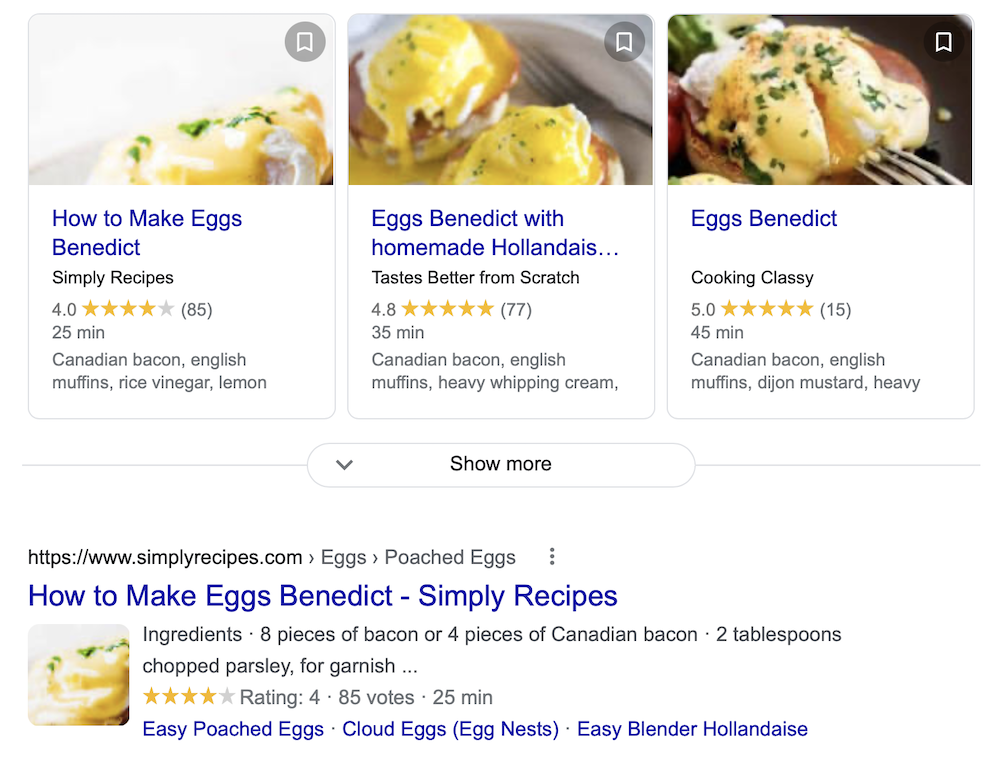

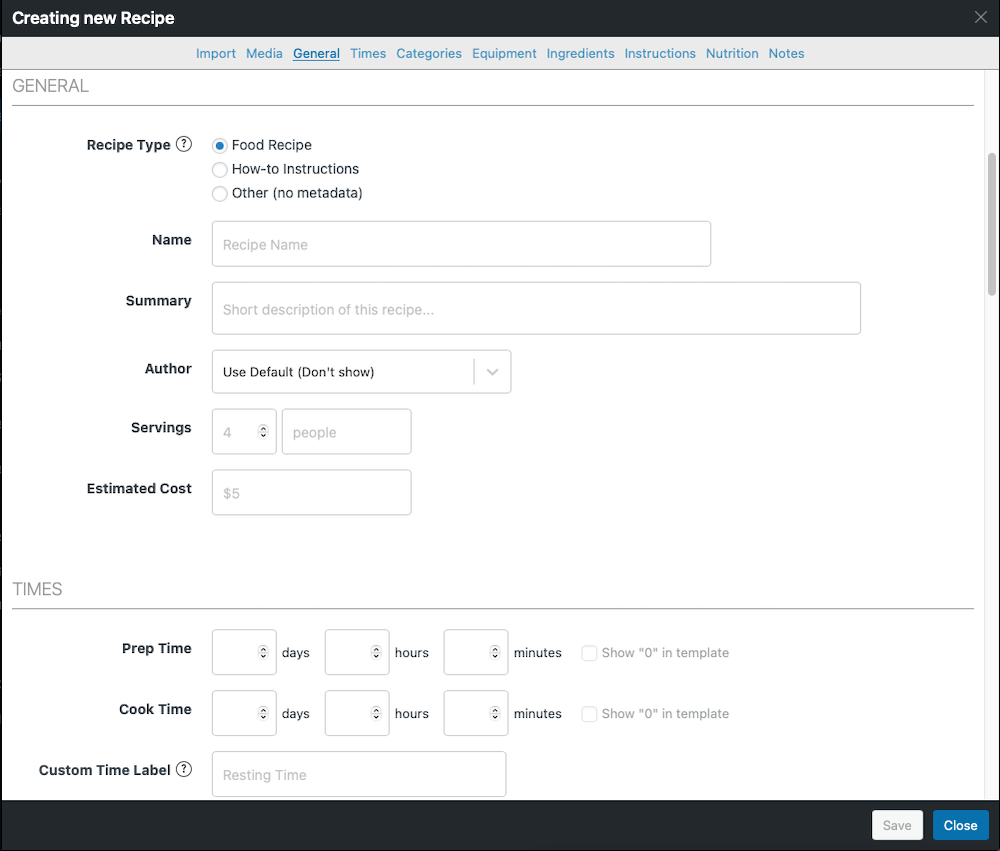




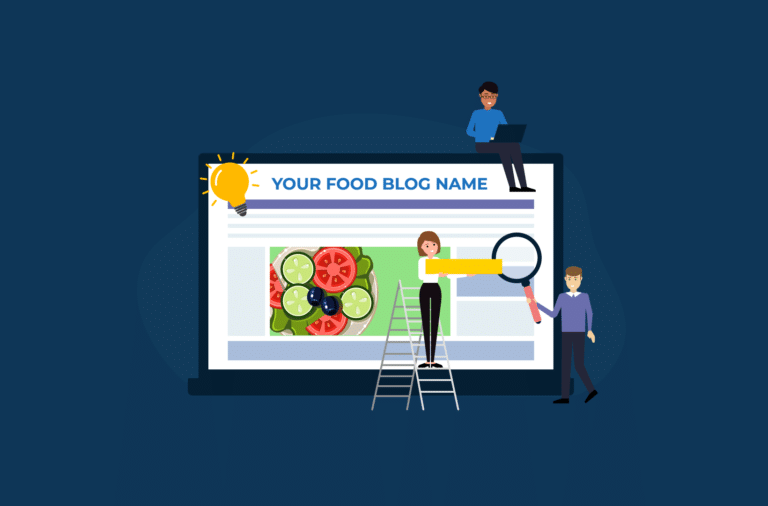

This is really helpful information everything explained properly and easy to understand for me. Definitely going to try it on my food blog. Thank you for sharing this information with us.